
 By Natali Moss
By Natali Moss
Both handicrafts and specialists in the field of robotics were among the novelties. Among them: terrestrial drones of gyro scooters, mobile platform "Termit", Dronobus complex and others. One of the samples is the four-wheeled "Termit", which, according to pro-Russian Telegram channels, belongs to the 58th Guards Army. The machine is equipped with a seat for one soldier, and in the back you can place weapons, food and water. In this case, the soldier remains completely unprotected.
Another type of Russian logistics drone was recorded by the Ukrainian drone overlooking the first person: the design was an open box on the wheels and transported a provision near the front line. The drone was destroyed during observation. Russian engineers develop a tracked-free rocket launch system, reminiscent of the ToS-1A externally, but with 10 trunks instead of 30. The system is created by the Moscow engineering company and is intended to expand the possibilities of remote fire.
"The reactive weapon combat module is placed on the chassis of the robotic complex. The operator can shot simultaneously from all units of weapons or in any necessary order for the task," the message reads. Despite the obvious decision, this complex has a significant drawback - the platform does not even have antiocarbic protection, and the displacement of the amount of amounts to the forage part of the chassis raises questions about stability during firing.
Experiments also continue with hoverboards that can be used as a kamikadze, smoke veil vehicles, observation platforms or demining. The Russian military channels also show options with TM-62 anti-tank mines. The main advantages of such drones are stability due to gyroscopes and low cost, which allows them to be used in large numbers.
Particular attention is paid to the Dronobus project: Russian engineers have created a land apparatus for transportation of two fiber -optic shock drones with cables 15 km long, which expands the possibilities of remote control. Moreover, the development was interested in the leading information agency of the Russian Federation - TASS. Western analysts say that Russia has been actively developing land drones for many years, including tracked platforms with Cornet PTRC.


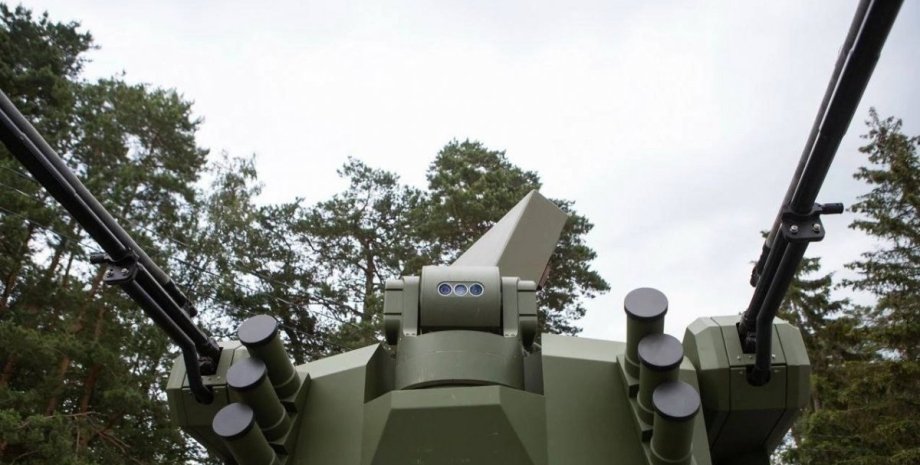
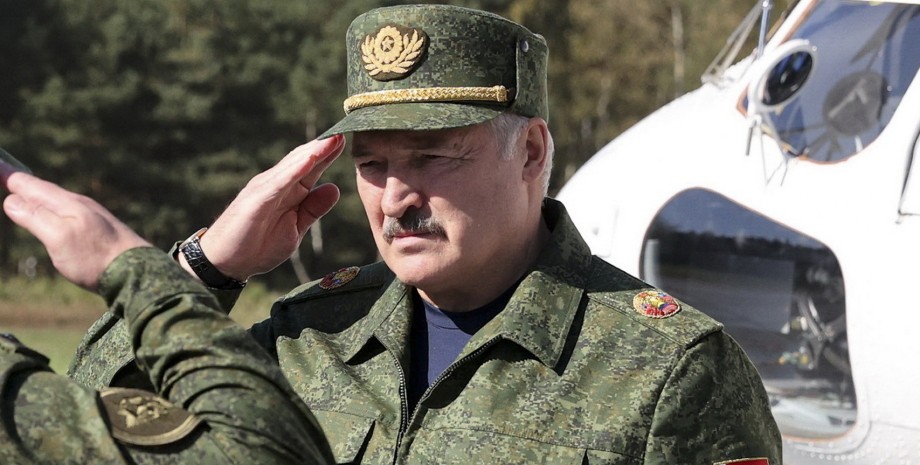
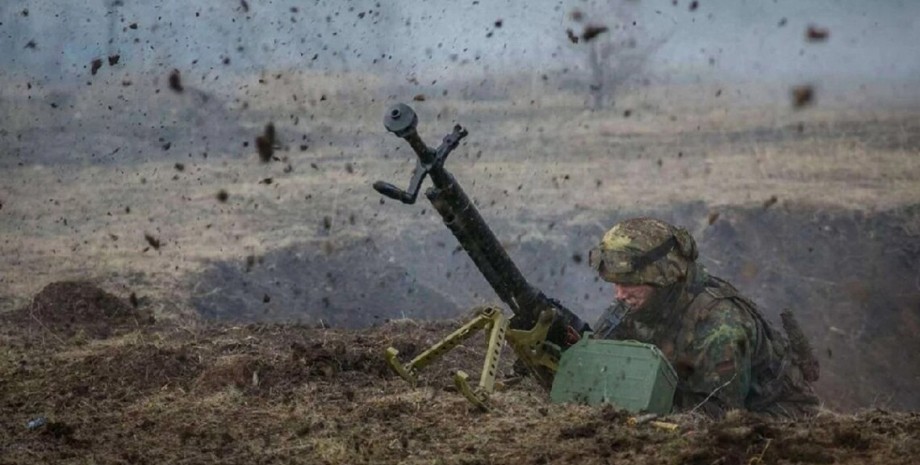

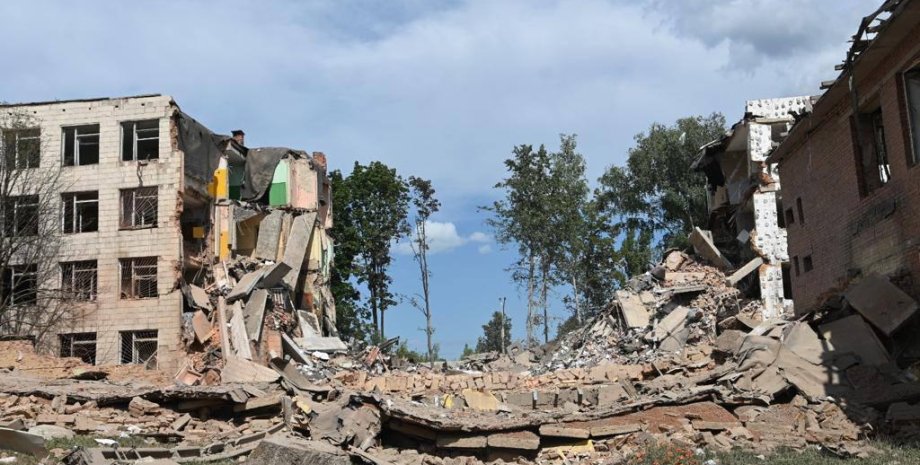
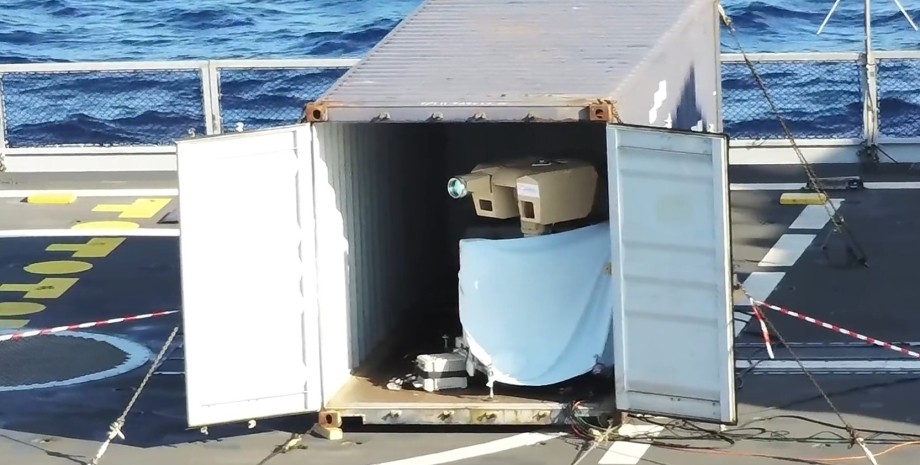

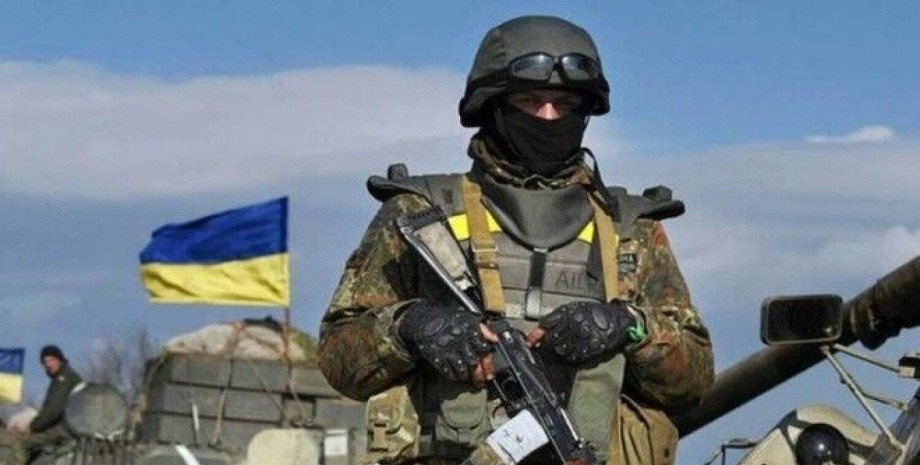
All rights reserved IN-Ukraine.info - 2022